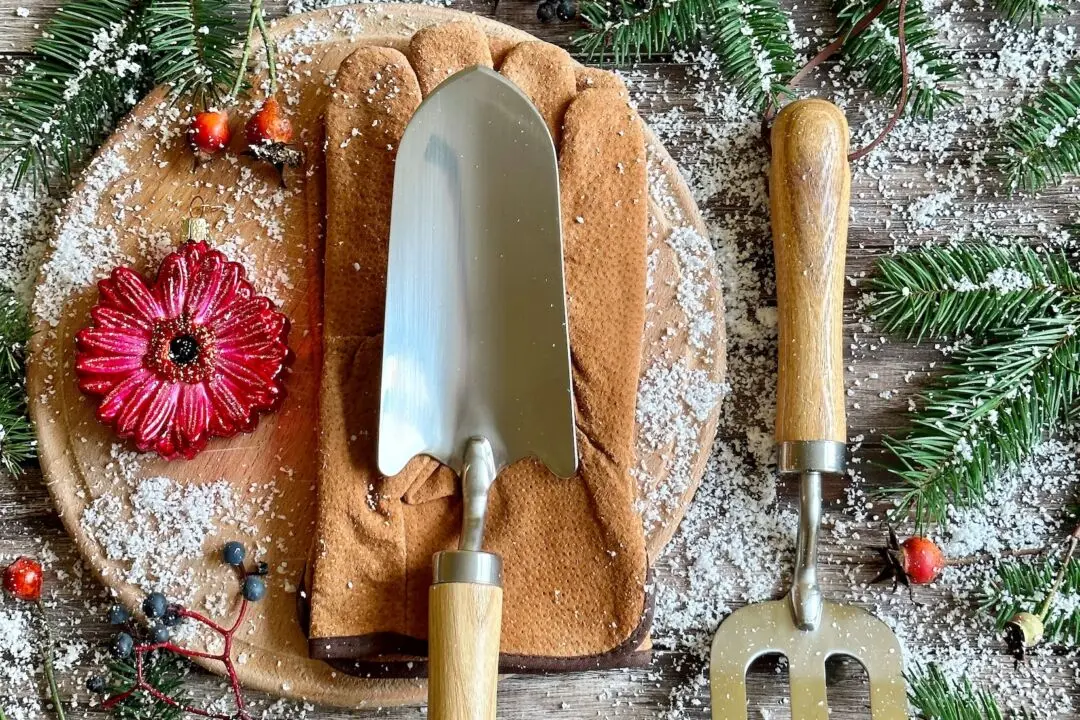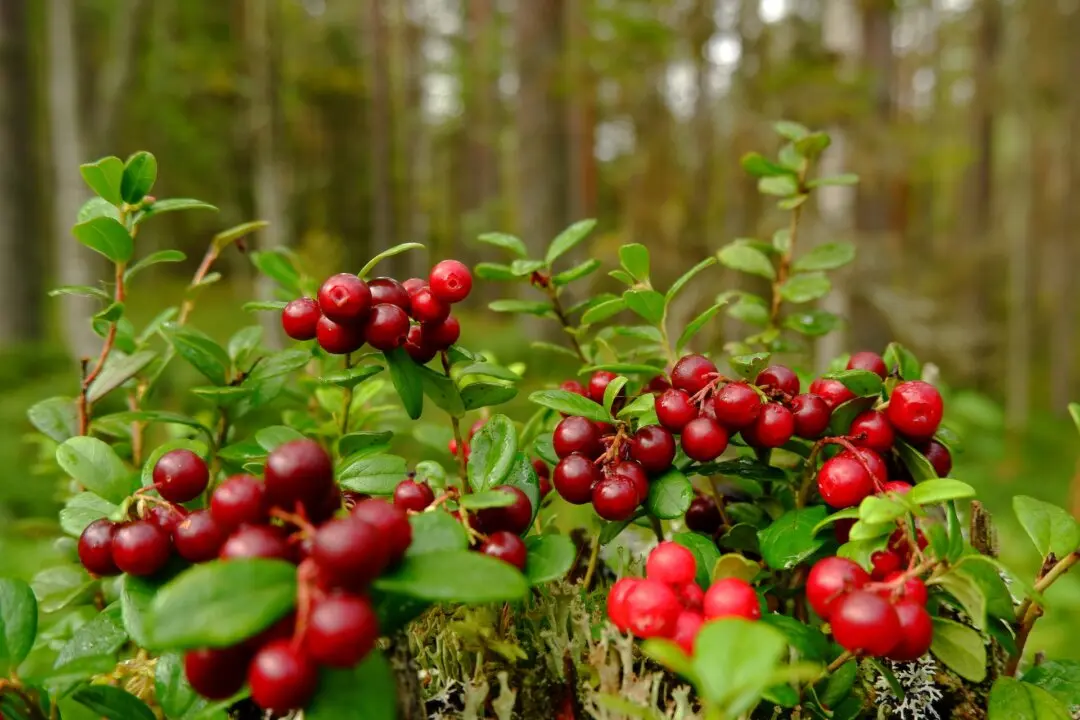Q: I had to work from home this summer, but I didn’t mind, because I found a new passion. I love watching the birds in my yard, especially those using the birdbath. I saw more different kinds there than at the bird feeder. It will be cold soon, and the bath will freeze. Is there something besides an expensive heater that can be used to keep the bath ice-free? How do the birds keep their bare legs warm?
A: There are no chemicals that will keep the water from freezing that wouldn’t harm the birds and other animals that would drink the water.





